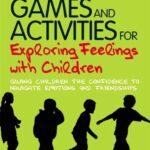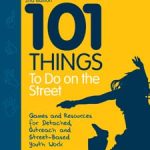Contents:
The cards are split into 6 sections:
- Is this assertive, passive or aggressive? (this section provides examples of behaviour and responses to help people understand the 3 definitions)
- Give an example of…(this section encourages participants to reflect on their own experiences in order to explore assertiveness issues).
- Changing passive and aggressive body language, and responses to assertive ones
- Discussion cards (this section is about the benefits of being assertive; about why people might act passively or aggressively; about saying ‘no’; about difficult situations).
- Assertiveness strategies (such as tone of voice; body language; ‘I feel. when you’; asking for more time; setting clear boundaries)
- Situation cards (these cards ask for ideas of an assertive response in different scenarios).
78 cards, instructions and ideas
Author Bio:
Sue Nicholls‘ particular interest is in the personal development of children and young people. As a youth worker she was involved in the setting up and running of a nationally acclaimed youth-led peer befriending charity. Sue now works as an accredited childminder and is a National Childminding Association Tutor. She has been exploring creative ways of helping children develop their emotional literacy.









